(This was originally supposed to be a final-day-of-#Spectember bonus post, but it got much longer than I expected so it’s a few days late.)
To finish off this year’s diversion into speculative evolution, instead of pulling from my still-rather-long list of unused submissions I’m doing something a little different – trying to give an idea of how I go through the actual process of designing a speculative species.
And for today’s example I’m going to do a “redesign” of sorts for a classic Dougal Dixon After Man creature: the reedstilt.
For several reasons:
- It was on the cover of the old edition of After Man I first discovered as a kid in the local library, it immediately caught my attention, and as a result it’s always been one of my favorite species from the book.
- But some of its anatomy doesn’t really hold up.
- I really really Do Not Like the “official” redesign that replaced the original art in the 2018 reprint. It’s shrinkwrapped.
- I just think it’s neat.
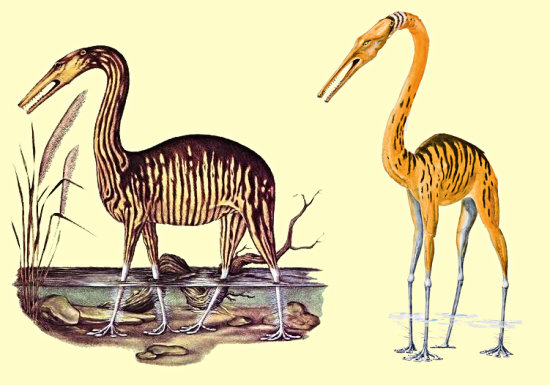
Before I actually start drawing anything I do a lot of research, figuring out the ancestry and biology of the species I’m working on.
Step #1: What even is it?
The reedstilt (Harundopes virgatus) is stated in the book to be a 1m tall at the shoulder (3’3″) wading heron-like predatory mammal descended from “insectivores” – an outdated term for a whole bunch of different vaguely-shrew-like groups that we now know aren’t actually closely related to each other at all. Several places around the internet make the claim that it’s specifically a talpid (a mole) but I can’t find any official source for that. (Presumably somebody assumed it was supposed to be a descendant of the semi-aquatic desmans?)
So, I’m sticking with generic “insectivore” ancestry here, especially since the reedstilt is shown as part of its own separate lineage in the tree of life at the back of the book, not closely related to any of the other future “insectivores”. And that gives me much more freedom for reinterpretation and deciding what this thing actually is and how it works.
Along with what is now the Eulipotyphla (hedgehogs, shrews, moles, and solenodons), the old “Insectivora” also included golden moles, tenrecomorphs, sengis, treeshrews, and colugos.
I rather like the idea of using one of these ex-insectivore groups for a bit of spice, and I’m starting off leaning towards having the reedstilt be a tenrec. They’re an ancient, weird, and diverse lineage of mammals with a lot of neat examples of convergent evolution, and some of them even have long toothy-jawed skulls already rather reminiscent of a proto-reedstilt.
But here I also have to take biogeography into consideration – where species are located and where they’d potentially be able to disperse over time.
Reedstilts inhabit pockets of wetlands in the temperate zones of the future “northern continent”, in a region mostly corresponding to modern Europe, northern Africa, the Middle East, and central Asia.
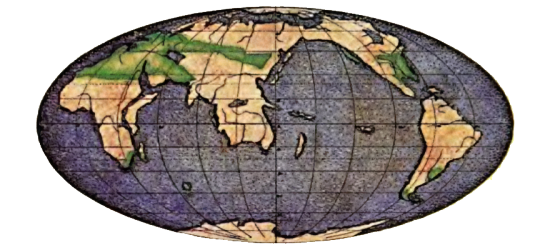
And tenrecs are native only to Madagascar, with introduced populations of one species on a few Indian Ocean islands and another species kept as an exotic pet in some countries. Even in the future of After Man Madagascar is still an isolated island off southeast Africa – so while I could simply declare the reedstilt to be descended from escaped pet tenrecs in Eurasia, I think I’m going to need to take a different approach here.
Out of the other “insectivore” options in or near the regions I’m working with, sengis (also known as “elephant shrews“) range into northern Africa and are also interestingly weird little animals – and they already look like something right out of a spec evo project, with wiggly proboscis-like noses, compact mouse-like bodies, and long legs.
Step #2: What’s Its Evolutionary Story?
So now that I’ve settled on a sengi as the ancestral form, I need to have a decent idea of how a small running-and-hopping rodent-like animal living mainly in arid environments evolved into the larger heron-like ambush-hunting wetland reedstilt.
Perhaps as the climate became more temperate, some northern African sengis adapted to the developing wetter forest habitats and eventually spread into the temperate zones of Eurasia via the Levant and/or the closing Mediterranean. Their small bodies and slender legs made them good at navigating their way through dense vegetation, and also at wading through wet swampy terrain – and maybe they also became adept at escaping predators via fleeing into water similar to chevrotains.
Some began feeding on small aquatic animals in the shallows, probing around in the mud for invertebrates with their sensitive noses and snapping up fish with lunges of their jaws. They grew larger, able to tackle slightly bigger prey, with long necks that helped them save energy by standing in one place while using their longer reach to forage around themselves, and simple conical teeth allowed them to grip onto slippery prey better.
Step #3: How Does Its Anatomy Work?
The main defining characteristics I want to incorporate into the reedstilt are:
- The long neck
- Narrow elongated jaws with cetacean-like conical pointed teeth
- Long slender stilt-like legs with bristly hairs and weight-spreading toes
And the first thing I need to deal with, and the major issue I have with both “canon” reedstilt designs, is that neck.
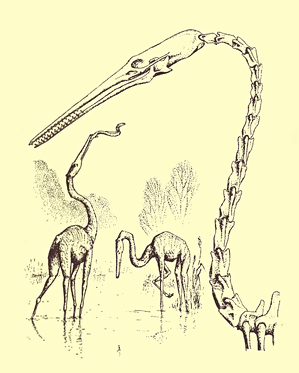
After Man says this species is unique for a mammal in having recently evolved 15(!) neck vertebrae, which is a big anatomical Problem. Mammals almost universally* have just 7 neck bones no matter how long or short their necks actually are. They’re so incredibly consistent with this, in fact, that it seems to be a hard biological limitation controlled by highly conservative Hox genes, with any chance mutations that produce higher numbers of neck vertebrae inevitably causing various cancers, neurological issues, and developmental abnormalities.
(* Sloths and manatees manage to have a slightly different number of neck vertebrae, but they’re incredibly weird exceptions that get around some of the associated nasty side-effects thanks to their especially slow metabolic rates. And they definitely don’t get anywhere close to what the reedstilt is supposed to be doing.)
So I’m throwing that detail right out. Reedstilts still have seven neck vertebrae and instead of that sinuous swan-like neck they use a stiffer dipping motion to hunt more like an azhdarchid pterosaur.
For the jaws I’m going to reference some conveniently pre-existing animals with similar features – remingtonocetids, a group of early whale-relatives with long toothy crocodilian-like snouts.
The lower parts of the reedstilt’s legs are covered with stiff bristly hairs, which in After Man are said to be for camouflage and protection – but I think they could easily also serve a sensory function, triangulating the location of aquatic prey by sensing turbulence in the water like a seal’s whiskers.

Finally we come to the feet. This is the one point I’ll actually credit to the new version – its wide lobed splaying toes are actually an improvement over the bendy sausage toes of the old one, and I’ll be using that sort of anatomy for my design too.
Step #4: Finally Drawing Things
Now I gather up some reference images:
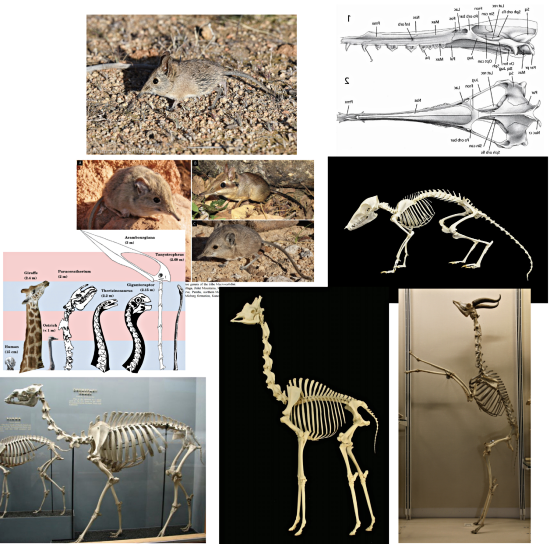
Here I’ve got some sengi images, a remingtonocetid skull, skeletons of some long-legged long-necked mammals – camelids, gerenuks, and giraffes – along with a comparison of long-necked mammals to long-necked non-sauropod reptiles.
Using this I come up with a basic skeletal for the reedstilt based on both the original sengi skeleton and my other references.
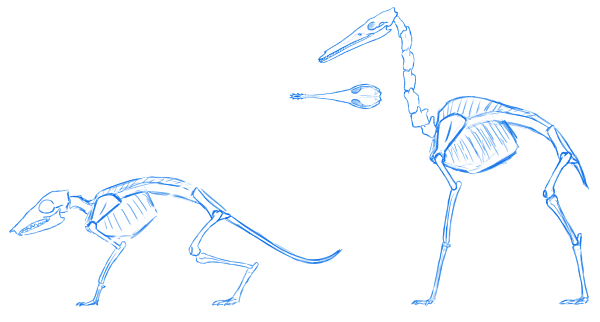
One of the common features of the long-necked species I’m referencing is large neural spines on their thoracic vertebrae. These anchor some of the neck musculature, because mammals generally have beefier necks and heavier skulls than birds since they don’t have extensive weight-reducing air spaces in their bones.
So the reedstilt gets that too, which has the overall effect of making its neck look thicker and less swanlike.
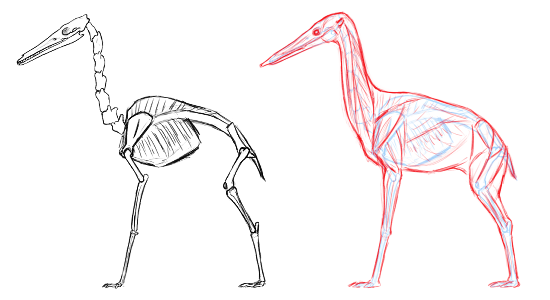
Here I’ve added some basic musculature and soft tissue over the bones.
Normally I’d give an animal with the reedstilt’s aquatic hunting style retracted nostrils so it didn’t have to hold its breath every time it dipped its snout into the water, but I want to keep the wiggly sengi-like nose as a hint of its ancestry. I’m justifying it by saying they’re not purely piscivorous, still sometimes grubbing around in the mud and sniffing out small terrestrial prey.
Since reedstilts have fairly short fur coverings this gives me a decent idea of the actual final shape of the animal.

And here’s a detail of the mouth open, and one of the left feet. I’m giving it a couple of larger pointy claws on its inner toes for grooming purposes.
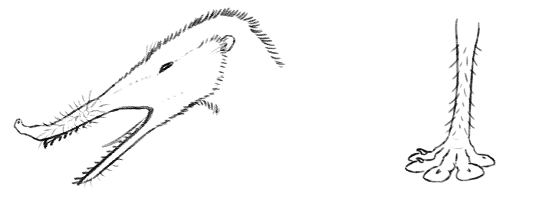
Now I can finally bring it all together and produce a final image, taking some color and pattern elements from both versions.
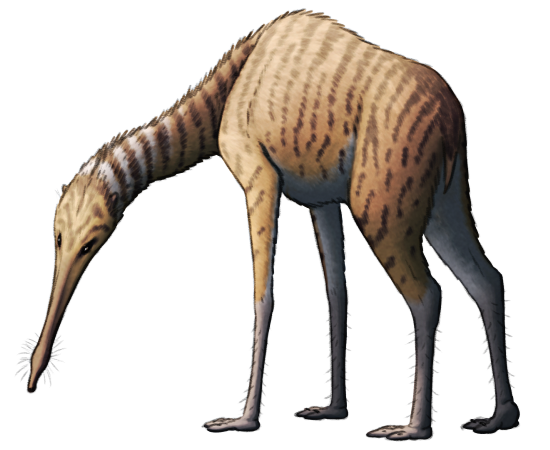

OMG it looks like a disenchanter from D&D
https://analoggamestudies.org/wordpress/wp-content/uploads/2021/10/disenchanter.jpg
It was so good that you should do the same with other species in the book.